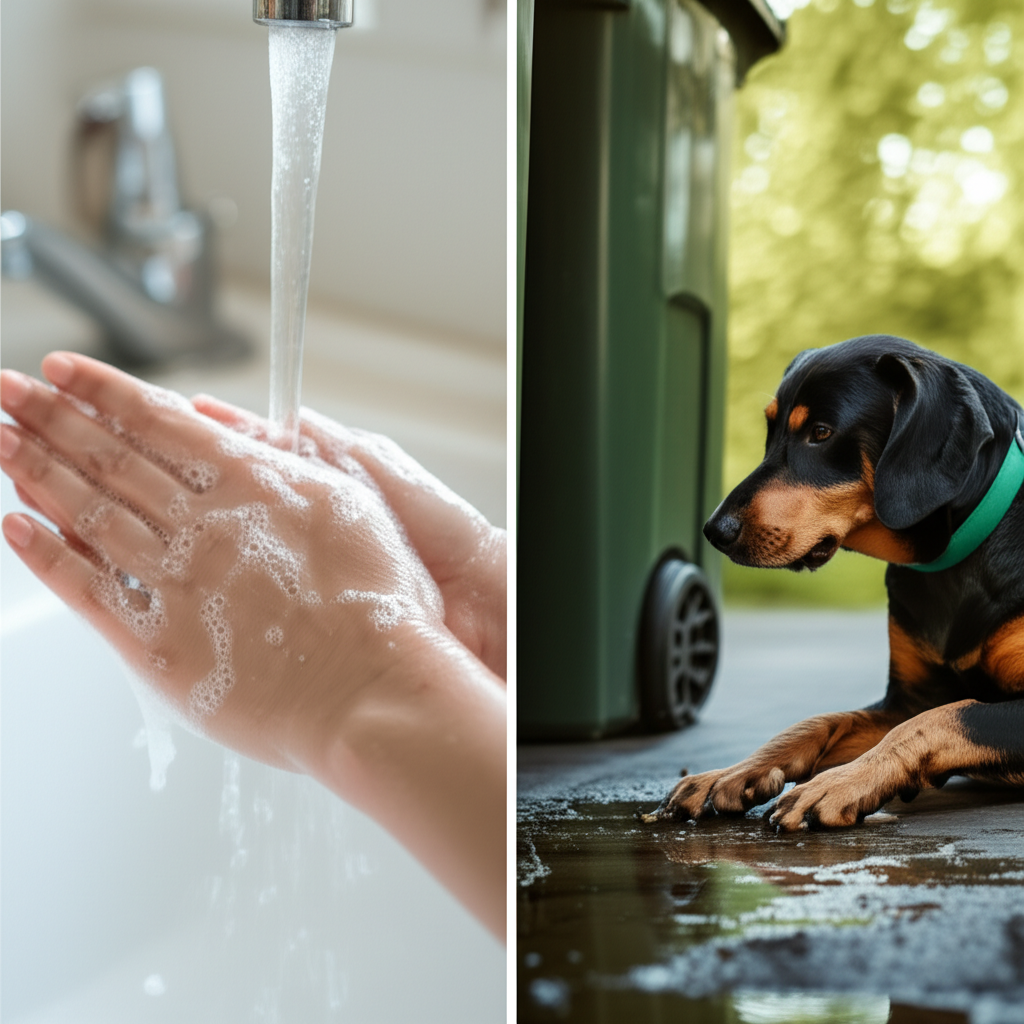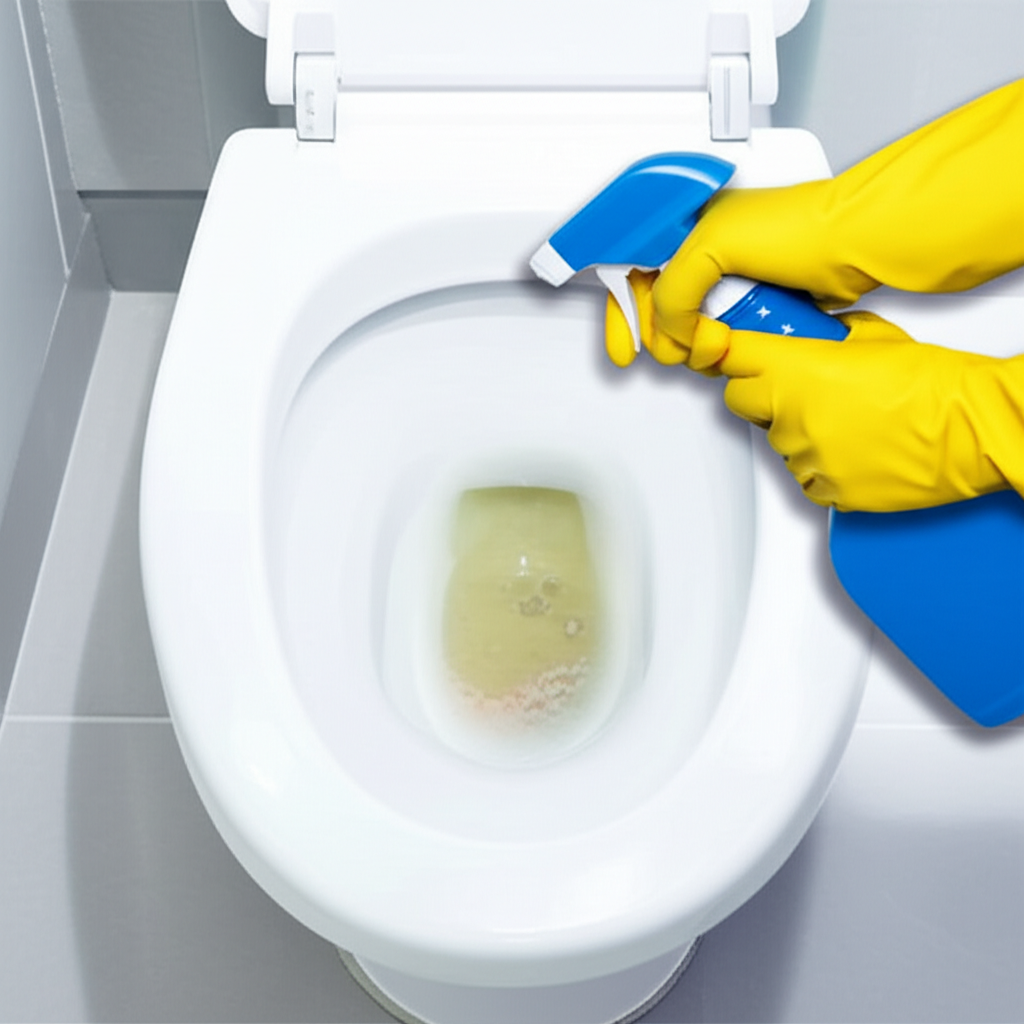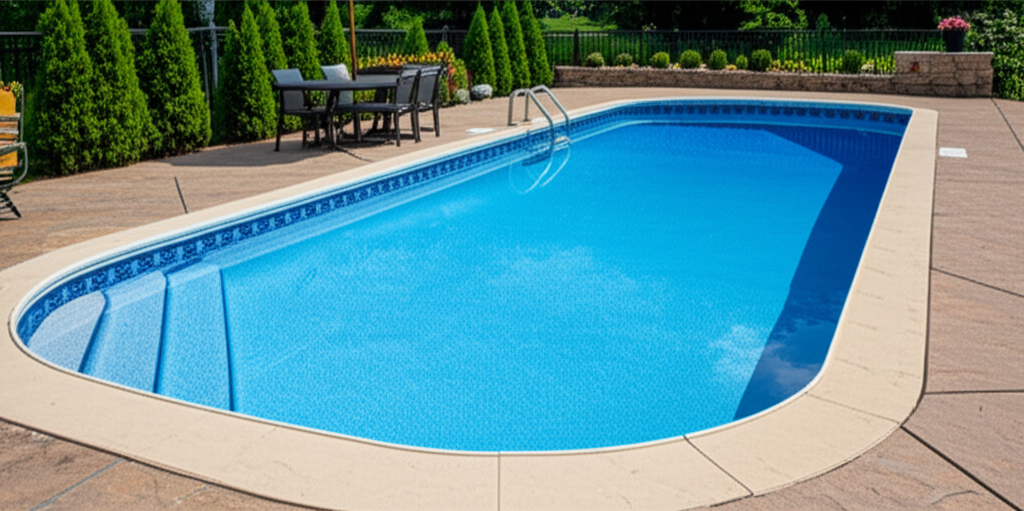- Understanding the Risks Associated with Fecal Contamination
- Best Prevention Strategies to Avoid Fecal Contamination
- An Effective Cleanup Guide When Fecal Contamination Occurs
- Special Considerations for Water-Based Contamination
- When to Call Professionals
Fecal Contamination: Best Prevention & Cleanup Guide
Fecal contamination represents a significant public health risk, capable of transmitting a wide array of harmful pathogens that can cause severe gastrointestinal illness. From E. coli and Salmonella to Giardia and the notoriously resilient Cryptosporidium, the presence of human or animal waste in our environments poses a constant threat to food safety, water quality, and general hygiene. Understanding the best strategies for both preventing and effectively cleaning up such incidents is crucial for protecting ourselves, our families, and our communities.
Understanding the Risks Associated with Fecal Contamination
The dangers of fecal contamination stem from the microscopic organisms it carries. These pathogens, even in tiny amounts, can quickly spread and lead to acute symptoms like diarrhea, vomiting, fever, and abdominal cramps. In vulnerable populations—young children, the elderly, and those with compromised immune systems—these infections can be particularly severe, sometimes requiring hospitalization or leading to long-term health complications.
One of the most persistent threats is Cryptosporidium, a parasite that causes cryptosporidiosis. Unlike many other bacteria and viruses, Cryptosporidium is highly resistant to chlorine disinfection, making its presence in swimming pools, water parks, and even treated drinking water a serious concern. It can survive for extended periods outside the body and requires specific, often more aggressive, cleanup and disinfection protocols to eliminate. This highlights why a comprehensive approach to both prevention and cleanup is essential.
Best Prevention Strategies to Avoid Fecal Contamination
Proactive measures are always the best defense against fecal contamination. Implementing these practices diligently can dramatically reduce the risk of exposure and illness.
1. Strict Hand Hygiene: This is perhaps the single most effective prevention method. Wash hands thoroughly with soap and warm water for at least 20 seconds, especially after using the restroom, changing diapers, handling raw meat, before eating or preparing food, and after touching pets or their waste.
2. Food Safety Practices:
Cook Thoroughly: Ensure all meats, poultry, and eggs are cooked to their recommended internal temperatures.
Prevent Cross-Contamination: Use separate cutting boards and utensils for raw meats and fresh produce. Wash all surfaces that come into contact with raw ingredients.
Wash Produce: Rinse all fruits and vegetables under running water, even if they have peels.
3. Water Safety:
Avoid Swallowing Pool Water: Especially crucial in public swimming areas. Ensure children take frequent bathroom breaks and check their diapers regularly.
Maintain Pool Chemistry: If you own a pool or hot tub, regularly test and maintain appropriate disinfectant levels.
Safe Drinking Water: Be aware of boil water advisories. If you have a private well, have it tested regularly.
4. Proper Waste Management:
Pet Waste: Promptly clean up pet fecal matter from yards and public spaces. Dispose of it in sealed bags in appropriate waste receptacles.
Diaper Disposal: Immediately dispose of soiled diapers in a sealed bag within a covered trash can. Wash hands thoroughly after changing diapers.
5. Maintain Infrastructure: Address plumbing leaks, overflowing toilets, or septic system issues immediately to prevent widespread contamination.
An Effective Cleanup Guide When Fecal Contamination Occurs
When fecal contamination does happen, swift and thorough action is paramount. Always prioritize safety during cleanup.
1. Assess the Situation and Prioritize Safety:
Identify the Source: Determine if it’s human or animal waste, and the consistency (liquid, solid).
Protect Yourself: Wear disposable gloves, a mask, and protective eyewear. If the contamination is significant, consider disposable shoe covers and a gown. Ensure good ventilation in the area if indoors.
Warning: Keep children and pets away from the contaminated area.
2. Containment and Removal of Solid Waste:
Contain the Spill: Prevent further spread by placing absorbent material (paper towels) around the perimeter if liquid, or by careful scooping if solid.
Remove Solids: Using paper towels, a scoop, or stiff cardboard, carefully remove all solid fecal matter. Avoid vigorous scrubbing initially, as this can spread pathogens. Place all waste in a sturdy, leak-proof plastic bag and seal it securely. Double bag if necessary.
3. Cleaning the Area:
Initial Wash: Use soap and hot water to thoroughly scrub the contaminated surface. This step physically removes germs. For porous surfaces (carpet, upholstery), blot thoroughly.
Rinse: Rinse the area with clean water, ensuring all soap residue is gone.
4. Disinfection:
Choose the Right Disinfectant: A bleach solution (1 part household bleach to 9 parts water) is effective for non-porous surfaces. For more sensitive surfaces or where a bleach solution is not suitable, use an EPA-registered disinfectant effective against bacteria, viruses, and parasites like Cryptosporidium. Always read product labels carefully for proper usage and safety precautions.
Apply and Dwell Time: Apply the disinfectant liberally to the entire contaminated area. Allow it to sit for the recommended “dwell time” (contact time) specified on the product label. This is crucial for killing pathogens. For Cryptosporidium, longer contact times or specific products may be necessary.
Wipe Down: After the dwell time, wipe down the surface with clean paper towels or disposable cloths.
5. Final Steps:
Discard Materials: Place all used cleaning materials (gloves, paper towels, cloths) into a sealed plastic bag and dispose of it in a secure trash receptacle.
Wash Hands: Thoroughly wash your hands with soap and water immediately after completing the cleanup.
Air Dry: Allow the cleaned area to air dry completely to prevent mold growth.
Special Considerations for Water-Based Contamination
For swimming pools or spas affected by fecal contamination, immediate closure is necessary. Follow specific guidelines from public health authorities (e.g., CDC) which typically involve “hyperchlorination” (increasing chlorine levels to a specific concentration for several hours) and backwashing the filter, especially for Cryptosporidium* incidents. Neglecting these steps can lead to widespread outbreaks.
When to Call Professionals
For large-scale contamination, spills involving significant amounts of human waste, or contamination in hard-to-clean areas (e.g., extensive carpet or HVAC systems), it’s often best to contact a professional biohazard cleanup service. These experts have the necessary equipment, training, and disinfectants to safely and effectively handle complex situations, ensuring the environment is thoroughly decontaminated.
Conclusion
Preventing and properly cleaning up fecal contamination are critical public health responsibilities. While incidents can be unpleasant, a combination of diligent hygiene practices, careful food and water handling, and a clear, systematic approach to cleanup ensures that potential harms are minimized. By following these guidelines, individuals and communities can create safer, healthier environments for everyone.




